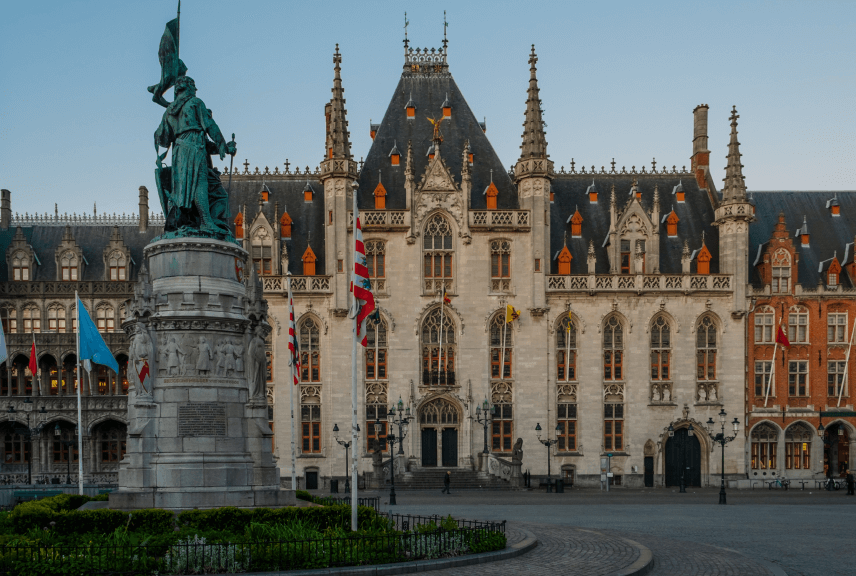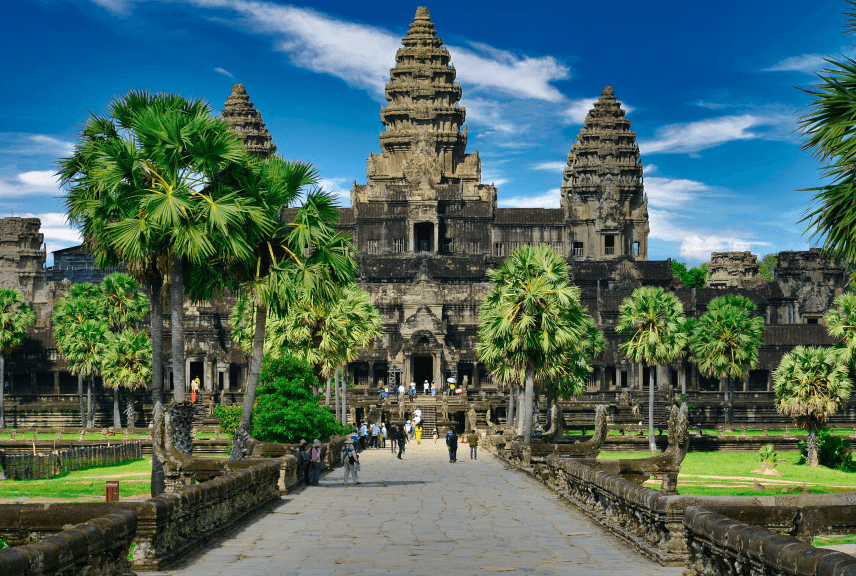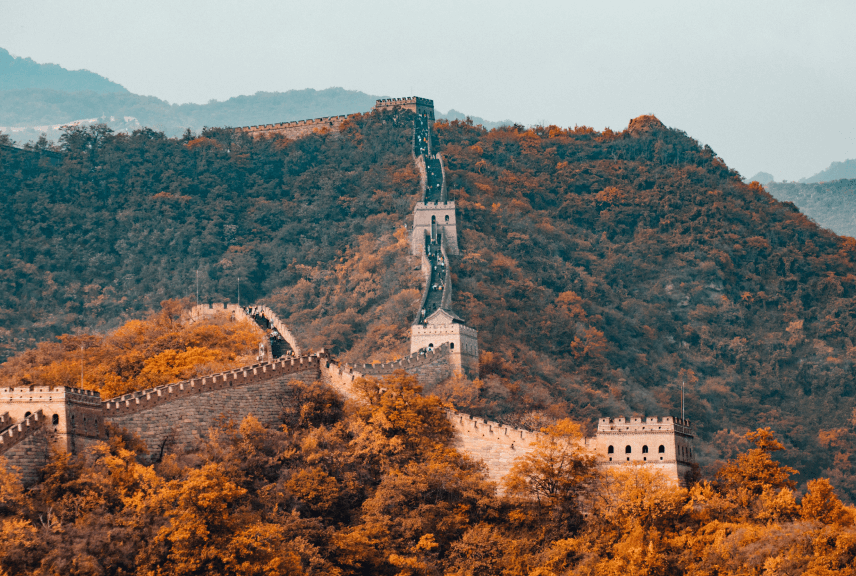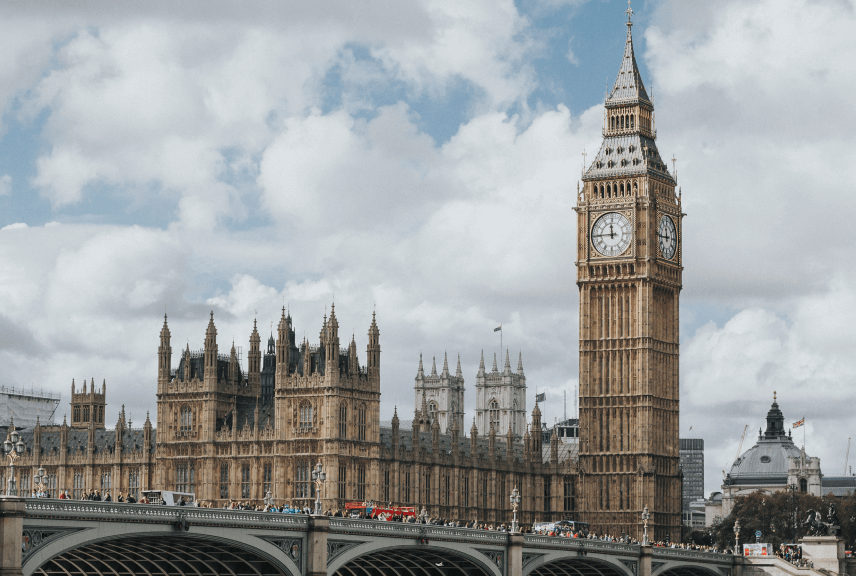Tuesday, August 6, 2024
Reading Time: 6 minutes
The Philippines, an archipelago in Southeast Asia, is renowned for its stunning landscapes, vibrant culture, and hospitable people. As an emerging player in global tourism, the country’s beauty is not only a source of national pride but also a significant contributor to its economic development. The Philippines allows visa-free entry to 67 countries as of August 2024, enhancing its appeal to international travelers. This exploration delves into the relationship between the Philippines’ tourism sector, economic standing, outbound tourism dynamics, visa-free travel privileges, and key airports and airlines that facilitate this mobility.
TTW Editor-in-Chief Mr. Anup Kumar Keshan stated: “This initiative marks a monumental shift for the Philippines’ outbound travel industry, empowering Filipino citizens to explore the world with unprecedented ease. With visa-free access to 67 countries as of the latest August 2024 update, including key destinations such as Israel, Brazil and Singapore and ASEAN countries, the Philippines is not only enhancing global mobility but also strengthening its cultural and economic ties with these countries. This move will undoubtedly encourage more Filipino travelers to embark on international adventures, enriching their experiences and fostering global connections.”
Country Economics and GDP
The Philippines finished strong in 2023 with a full-year gross domestic product (GDP) growth rate of 5.6 percent, outpacing major Asian economies such as China (5.2 percent), Vietnam (5.0 percent), and Malaysia (3.8 percent). GDP, the total value of all goods and services produced within a country, is a key indicator of economic health. The Philippines’ 2023 GDP growth exceeded forecasts from organizations like the IMF, AMRO, and World Bank. In Q4 2023, the economy grew by 5.6 percent due to strong domestic demand, despite inflation and external challenges. Increased household consumption and public infrastructure investments, supported by remittances and a healthy job market, drove this growth. The full-year GDP resulted in a debt-to-GDP ratio of 60.2 percent, an improvement from 2022. Looking ahead, the government projects a GDP growth of 6.5 to 7.5 percent in 2024 and aims to reduce inflation and enhance revenue collection through strategic measures and tax reforms. The focus will be on boosting investments and improving economic conditions to attract more investments, creating high-quality jobs and increasing household income.
Outbound Tourism Dynamics
In 2023, outbound tourism expenditure in the Philippines demonstrated significant spending trends, with the highest expenditure category being accommodation services. Filipino travelers spent an impressive total of approximately 60.5 billion Philippine pesos on accommodations alone. This substantial figure underscores the priority placed on comfortable and quality lodging by Filipino tourists when traveling abroad.
Accommodation services encompass a wide range of lodging options, from luxury hotels and resorts to budget-friendly hostels and vacation rentals. The high expenditure in this category reflects the diverse preferences of Filipino travelers, who are increasingly opting for various types of accommodations to suit their travel needs and budgets.
Following accommodation services, the second-highest expenditure category for outbound tourism in the Philippines was on food and beverages. In 2023, Filipino travelers spent about 38.4 billion Philippine pesos on dining and drinking experiences. This significant spending indicates a strong preference among Filipino tourists for exploring local cuisines and enjoying diverse culinary experiences during their trips abroad.

Citizens of the Philippines Can Travel with Free Visa
The growing strength of the Philippine passport, granting Filipinos greater travel freedom. Citizens of the Philippines can travel visa-free to several countries, making international travel more accessible and convenient. Some notable visa-free destinations for Filipinos include:
- Barbados
- Bolivia
- Brazil
- Brunei
- Cambodia
- Colombia
- Cook Islands
- Costa Rica
- Cote d’Ivoire
- Dominica
- Fiji
- Haiti
- Hong Kong (SAR China)
- Indonesia
- Israel
- Kazakhstan
- Kiribati
- Laos
- Macao (SAR China)
- Madagascar
- Malaysia
- Micronesia
- Mongolia
- Morocco
- Myanmar
- Niue
- Palestinian Territory
- Peru
- Rwanda
- Senegal
- Singapore
- St. Vincent and the Grenadines
- Suriname
- Taiwan (Chinese Taipei)
- Tajikistan
- Thailand
- The Gambia
- Vanuatu
- Vietnam
Visa on Arrival
In addition to visa-free travel, the Philippine passport also grants visa-on-arrival access to various countries. This option allows travelers to obtain a visa upon arrival at their destination, simplifying the process and expanding travel opportunities. Some prominent countries offering visa-on-arrival to Filipinos include:
- Burundi
- Cape Verde Islands
- Comoro Islands
- Djibouti
- Ethiopia
- Guinea-Bissau
- Iran
- Kyrgyzstan
- Malawi
- Maldives
- Marshall Islands
- Mauritius
- Mozambique
- Nepal
- Nicaragua
- Samoa
- Seychelles
- Somalia
- St. Lucia
- Tanzania
- Timor-Leste
- Trinidad and Tobago
- Tuvalu
- Palau Islands
List of countries that require an ETA (Electronic Travel Authorization) Visa:
Top Outbound Destinations for Philippine Travelers
In 2023, international departures from the Philippines surged by 182%. Outbound travel from the Philippines is characterized by a diverse range of destinations, with intraregional travel emerging as a prominent trend. Notably, eight of the top ten destinations for Filipino travelers are in the Asia-Pacific region.
The distribution of travel flows to these destinations varies, indicating different levels of popularity and growth potential. Identifying high-potential destinations outside of this top ten list is crucial for recognizing promising growth markets. For the Philippines as a source market, and for destinations aiming to attract Filipino travelers, understanding these preferences is essential for effective targeting.
Top 10 Destinations for Filipino Travelers:
Hong Kong
- Japan
- Singapore
- Thailand
- UAE
- China
- South Korea
- Malaysia
- US
- Taiwan
Philippines Key Airports and Airlines
The Philippines’ connectivity to the world is supported by its key airports and airlines, which play a vital role in facilitating both inbound and outbound travel. Some of the major airports and airlines include:
Key Airports
- Ninoy Aquino International Airport (MNL): Located in Manila, this is the primary gateway for international flights. It handles a significant volume of passenger traffic and is a hub for major airlines.
- Mactan-Cebu International Airport (CEB): Situated in Cebu, this airport serves as a crucial entry point for tourists visiting the central and southern regions of the Philippines. It has undergone significant upgrades to accommodate increasing passenger numbers.
- Clark International Airport (CRK): Located in Pampanga, north of Manila, Clark International Airport is an emerging hub that offers an alternative to the congested Ninoy Aquino International Airport. It caters to both international and domestic flights.
Key Airlines
- Philippine Airlines (PAL): As the national carrier, Philippine Airlines operates numerous international and domestic routes. It is known for its extensive network, modern fleet, and commitment to service excellence.
- Cebu Pacific: A leading low-cost carrier in the Philippines, Cebu Pacific offers affordable flights to various international and domestic destinations. Its extensive route network and competitive fares make it a popular choice among travelers.
- AirAsia Philippines: Part of the AirAsia Group, this airline provides budget-friendly travel options to several international and domestic locations. It is known for its no-frills approach and frequent promotions.
These airports and airlines are pivotal in connecting the Philippines to the world, enabling seamless travel experiences for both Filipino travelers and international visitors.
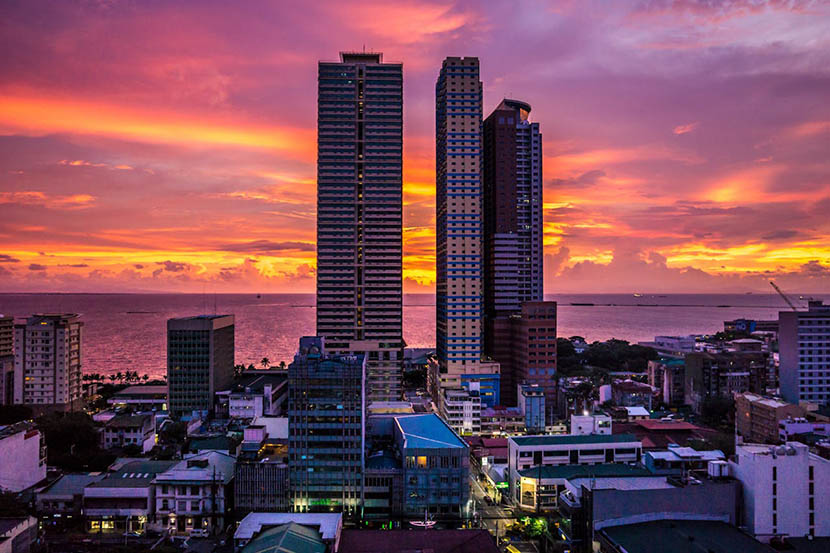
Beaches and Activities
Travelers who love swimming find it hard to leave the Philippines, where idyllic beach trips, thrilling island-hopping adventures, and incredible diving tours abound. The beaches here rank among the world’s best, featuring white sand, black volcanic sand, and even pink sand.
Beyond its renowned island and beach destinations, the Philippines offers numerous natural wonders and activities. Visitors can enjoy mountain hiking and trekking adventures with stunning views of a sea of clouds, waterfall trips, and sightseeing excursions to man-made rice terraces, centuries-old historical landmarks, and architectural marvels.
Seasons and Best Travel Times
The Philippines experiences two distinct seasons: wet and dry. The dry season, from November to June, is the best time to travel to most destinations. January to March is an ideal period to visit the Philippines. Despite higher chances of precipitation, these months feature cooler temperatures. March also signals the beginning of festival season and the long weekend of Holy Week (Easter).
During the summer months from April to June, the temperature and humidity levels are highest. Locals plan beach getaways, and resorts are often fully booked with higher rates. To avoid sunburn, apply sunblock every two hours when spending time outdoors.
The wet season, from July to October, brings an average of nine typhoons that may cause flooding and landslides in some areas. Although not all typhoons make landfall, heavy rains can still affect trips, so checking weather forecasts is essential. Rainfall volume increases from July to August, the wettest months, although it doesn’t necessarily rain all day.
Typhoons can make travel difficult, causing flight delays and cancellations. However, flights to different islands and beach resorts are cheaper during these months. Enjoy the beach, food trips, or visits to museums and historical places. November marks the beginning of the dry season and the start of the long holiday celebration in the Philippines. These months are ideal for visiting cities due to night markets, light and sound shows, and Christmas bazaars.
Transportation
The primary ways to get around the Philippines are buses, planes, and ships/ferries. Boat rides are great for short inter-island trips, while flights are recommended for longer distances. Cheap flights are often available, sometimes cheaper than ferries. Major airlines include Philippine Airlines, Cebu Pacific Air, and AirAsia.
Within small towns and cities, primary transport modes include buses, jeepneys, and tricycles (similar to Thailand’s tuk-tuk or India’s auto-rickshaw, but smaller). Major cities also have taxi cabs and the Grab app. Only Manila has a metro system. For those seeking luxury, SUV and luxury car rentals are available.
The interplay between Philippine beauty, tourism underscores the country’s growing influence in global travel. The economic contributions of tourism, the expanding outbound travel trends, and the enhanced mobility facilitated by visa-free and visa-on-arrival privileges highlight the dynamic nature of Philippine tourism. As the Philippines continues to strengthen its tourism infrastructure and international connectivity, it stands poised to further elevate its status as a prominent player in the global travel landscape.
Tags: Airline News, Brazil tourism, countries Philippines citizen can travel visa free, Dominica tourism, morocco tourism, New August 2024, Philippines, Philippines visa free country list august 2024, Philippines visa free list, Philippines visa free list of countries, Singapore Tourism, Tourism, Tourism news, travel industry, Travel News, visa free, Visa free travel
